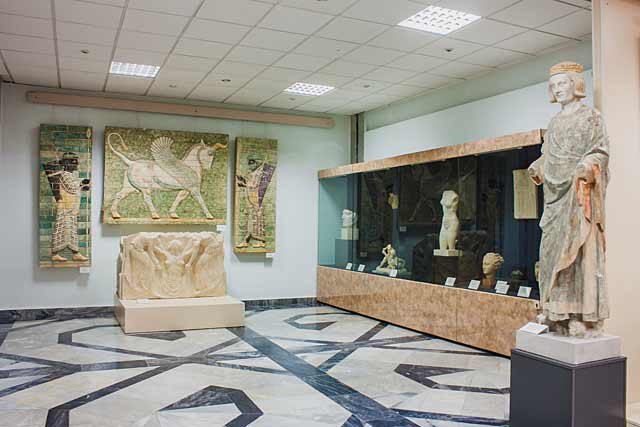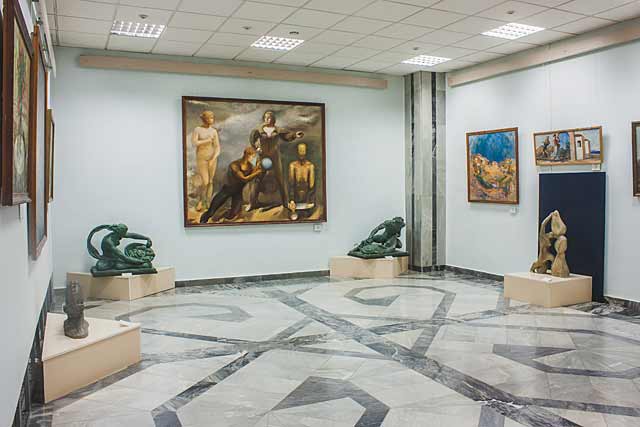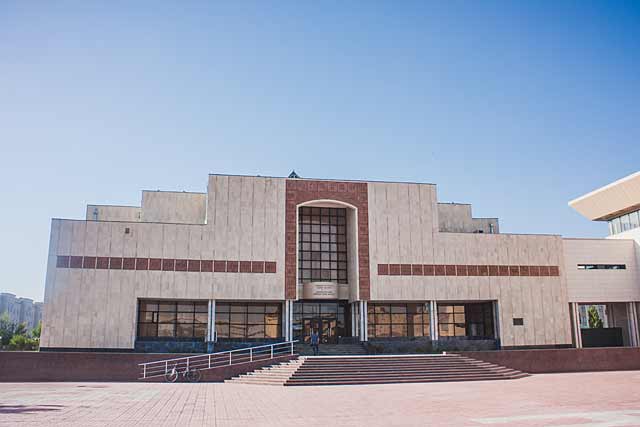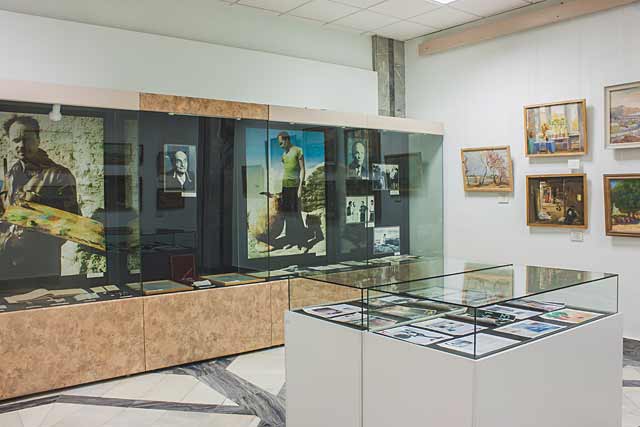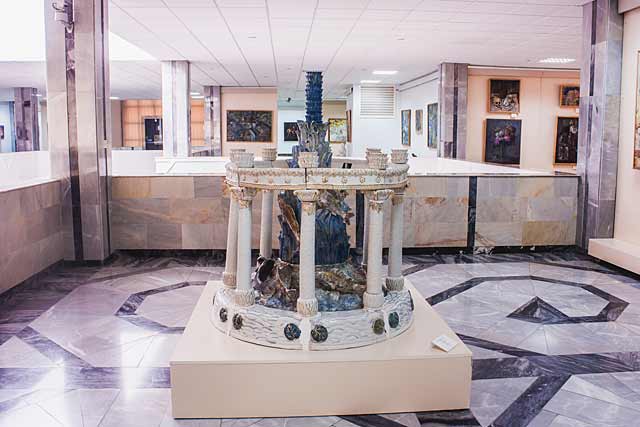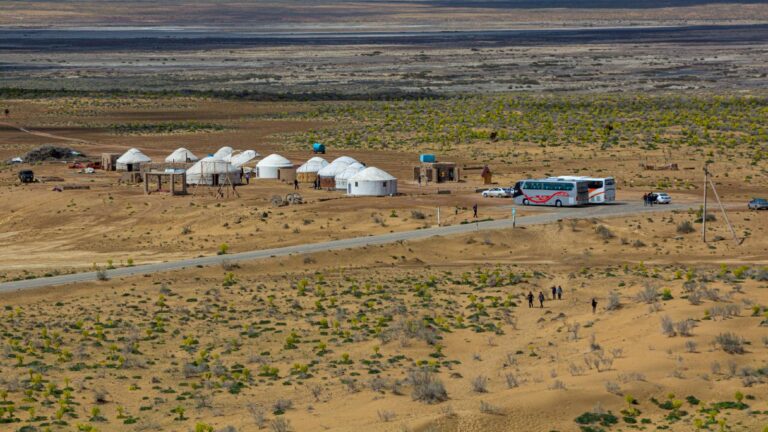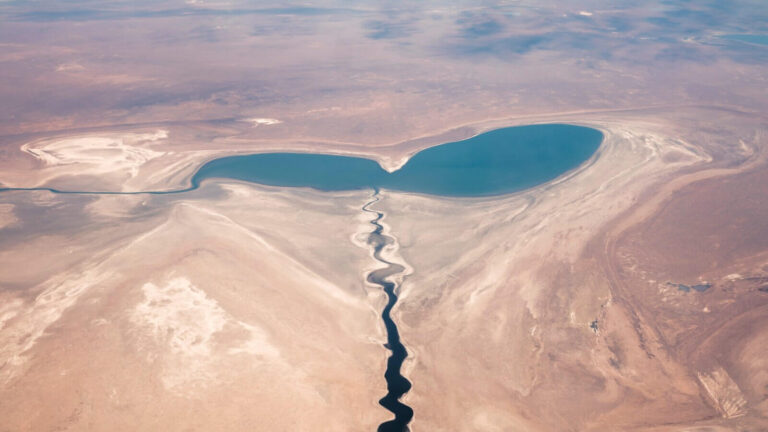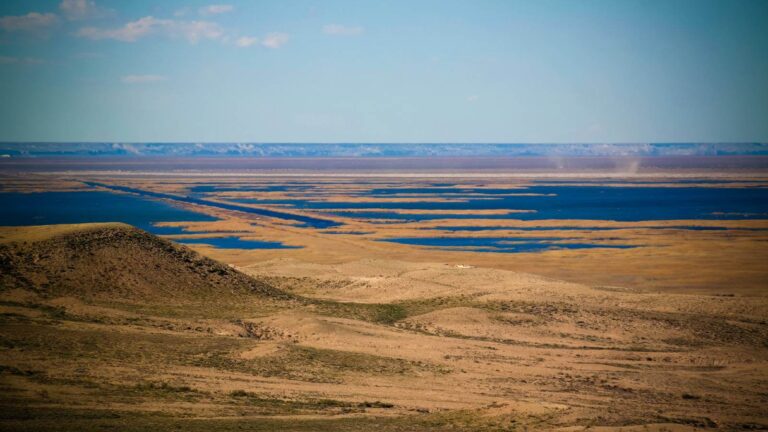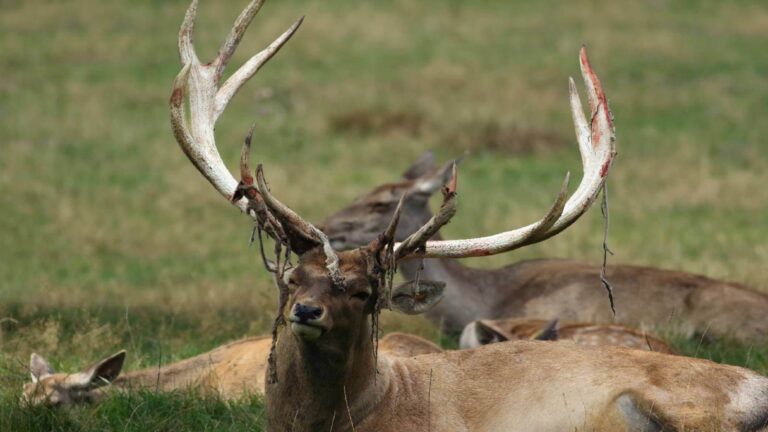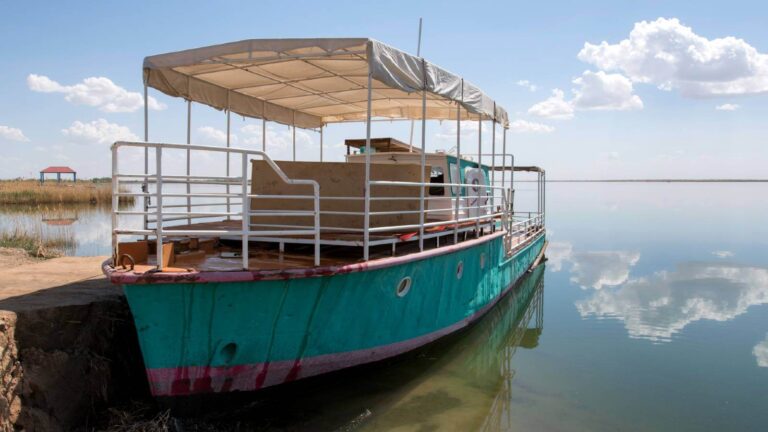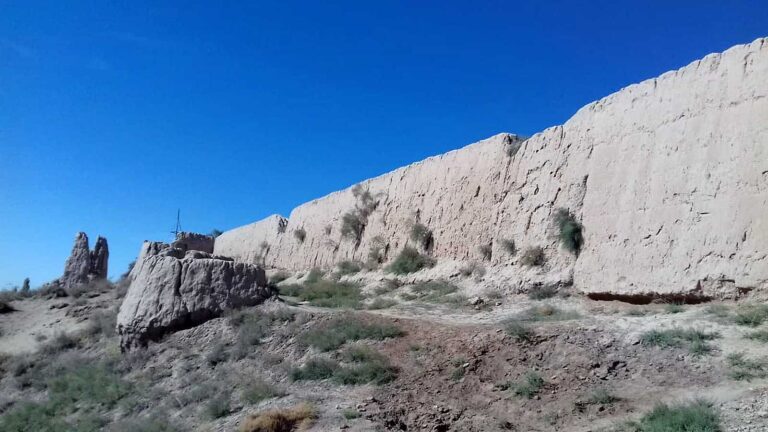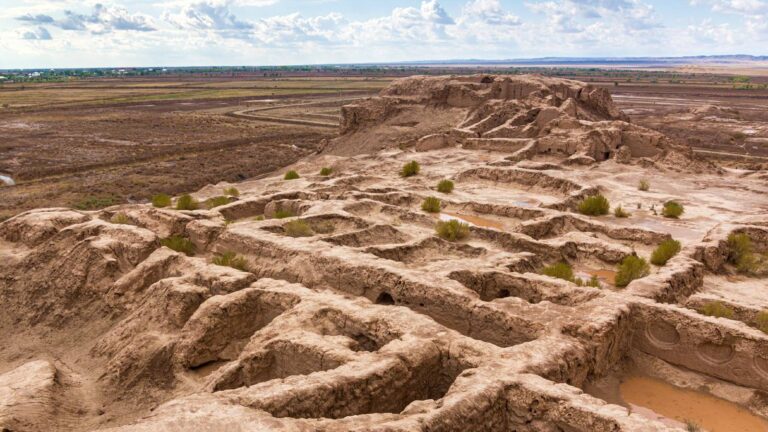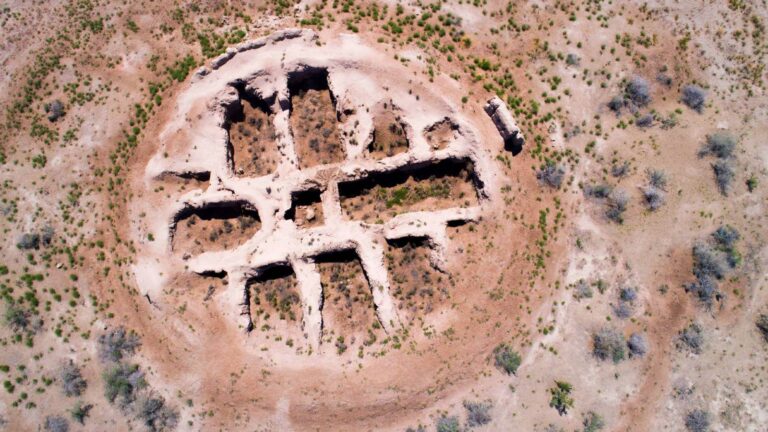Getting There
Car,bus
What to Expect
Karakalapakstan State Museum of Art is named after I.V. Savitsky, its founder and first director, artist I.V. Savitsky. Savitsky saw Karakalpakstan for the first time as a member of the Khorezm archaeological and ethnographic expedition in the 1950s. Collecting articles of folk art, he “fell in love” with Karakalpakstan for life. In 1966 upon his initiative a museum of art was founded in the city of Nukus.
Until his death in 1984 Savitsky looked for and found new masterpieces for the museum’s collections. In 2002, he was posthumously awarded with a Buyuk Hizmatlari uchun Order (“An Order for Great Services”) by the President of the Republic of Uzbekistan Islam Karimov.
The museum owns some 90,000 artefacts, including more than 15,000 paintings, only a fraction of which are actually on display. The museum also has some archaeological displays from the Ellik Kala fortresses, including Zoroastrian ossuaries from Shilpik (Chilpak) and a bodhisattva statue from Guldursan. There are also some ethnographic displays, with a fine collection of jewellery, camel bags and wedding jewellery.
History
Its collection includes about 100,000 exhibits. Exhibitions are divided into three main sections: Visual Art; Karakalpakstan Folk Arts and Crafts and Ancient Khorezm Art.
The museum has approximately 10,000 articles of folk art and crafts dating back to the late XIX–XX centuries. They include household items, rugs, horse equipment, wood products, and traditional clothes and jewellery, including the famous tobelik and saukele, traditional Karakalpak female headdresses. In addition, the museum has rich collections of Karakalpak, Uzbek, Kazakh and Turkmen jewellery.
The archaeological collection of more than 15,000 articles clearly illustrates the main stages of Karakalpakstan cultural history starting from the Bronze Age and the emergence of ancient states (one of the most prominent was Ancient Khorezm) through the early Middle Ages to the end of the XIV century, when Khorezm became part of the Temurid Empire. The Savitsky Museum collection consists of artistic and household items made of ceramics, plaster, stone, bone, wood, metal, glass, leather and fabrics.
The oldest museum artifact is a relish of ancient petroglyphs – the Bactrian camel images on a rock piece from the mountain range Bukantau (II millennium B.C.). The earliest terracotta piece in the archaeological collection belongs to the V century B.C. It depicts a seated woman dressed in a long ankle-length dress and a tiara-like headpiece covered with a veil. Another museum exhibit, the Tuya-Muyun horse sculpture (VII–VIII centuries B.C.), is also very peculiar.
The Visual Arts section contains tens of thousands paintings, including the works of Russian and Turkestan avant-garde artists of the XX century.
The museum exhibits the works of L. Popova, A. Shevchenko, A. Nikolaev (Usto Mumin), V. Lysenko, G. Nikitin, R. Falk, V. Pestel, M. Le Dantu, R. Mazel, A. Volkov, P. Benkov, M. Kurzin, N. Karahan, E. Korovay, U. Tansykbaev and others. Due to this unique collection the museum has received universal recognition and popularity.
The work of G. Nikitin, Portrait of Alisher Navoi, has a very interesting history. After the author died, the painting was literally on the verge of destruction. Savitsky begged the artist’s widow to give him the painting and he gave it to Moscow restorers for restoration.
The collection of paintings also includes the works of local artists: K. Saipov, K. Berdimuratov and J. Kuttimuratov. The works created by I.V. Savitsky himself are of special value for the museum.
The museum’s library collection contains about 10,000 scientific books in the fields of history, ethnography, archaeology and art history, as well as various reference books.
The museum and its collection are truly considered the “pearl” of Karakalpakstan. Not without reason it is recognized as “one of the finest museums in the world” (The Guardian) and “a place that you definitely must visit” (The New York Times).
Facilities Available
Guides, Wi-Fi, shopping audio guides, public toilets, Bar/Restaurant, accommodation, accessibility, Taxis, Public Transportation

